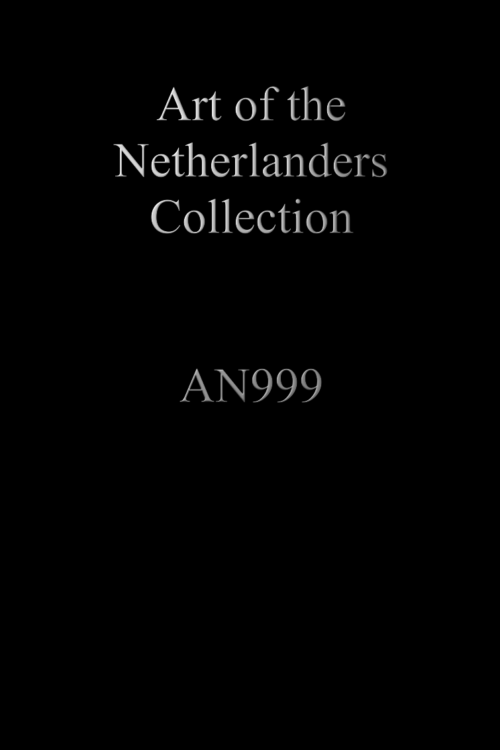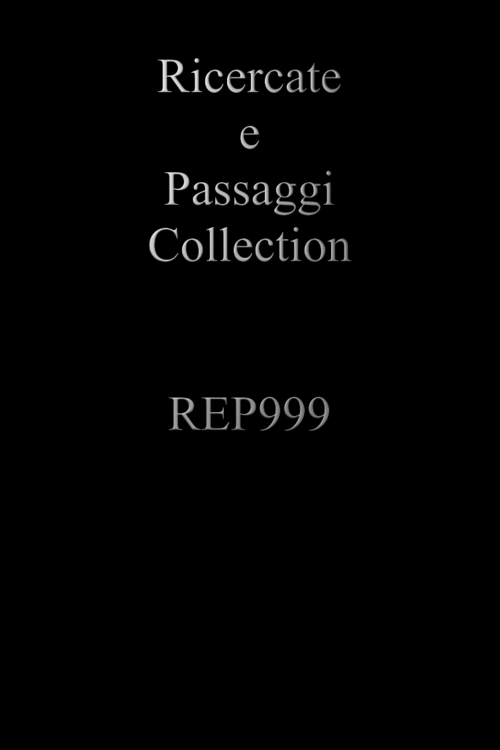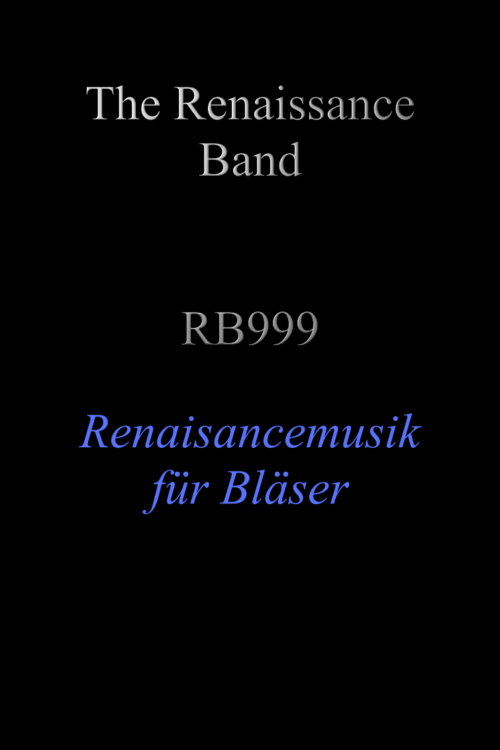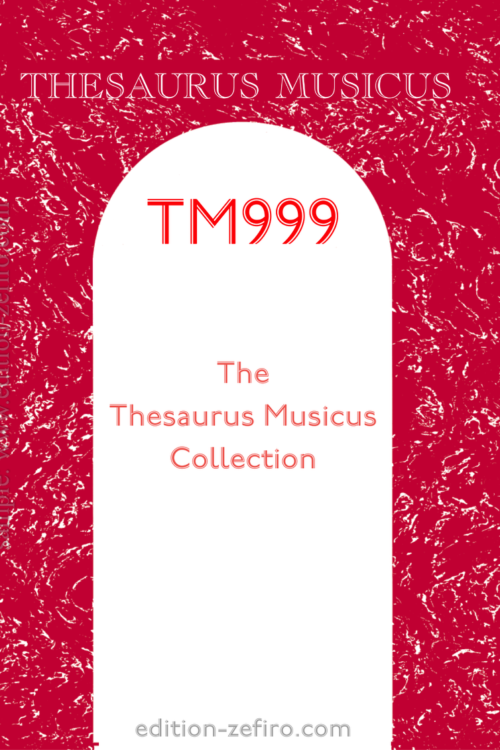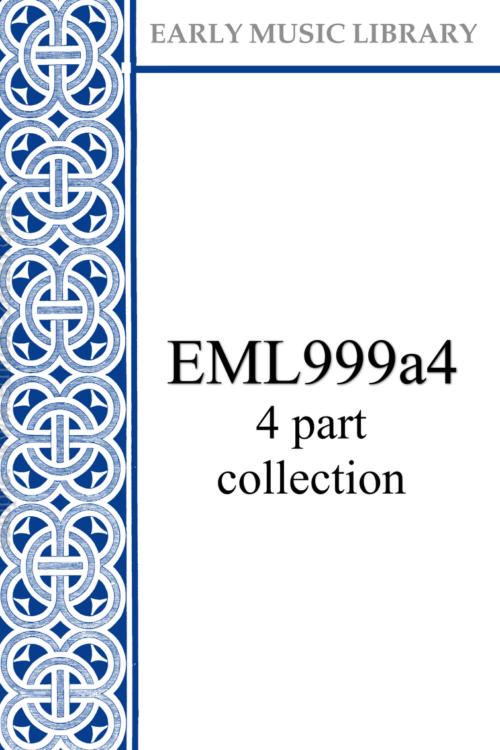Come On In
Edition Zefiro’s library is an organised series of complete collections.
Those collections available for purchase as
bundles are marked
thus “⭑”
- AD: Attaingnant Dance Prints ☞
- This is a complete edition in seven volumes of the collections of dances for instrumental ensemble published by Pierre Attaingnant of Paris between 1529 and 1557. Our edition of this series, which we originally published in the 1970s, has now been extensively revised, and a detailed commentary provided for each volume. All pieces are playable on recorders (ATTB or SATB), viols (TrTTB), violin family (VnVaVaVc), shawms, cornett and trombones, and other instrumental combinations. All titles published as playing scores only
- ADC: A Due Cori ☞
- This series is making available in modest editions most of the instrumental double-choir pieces from the late Renaissance, plus many vocal ones. This music is becoming increasingly popular for performance material as well as for relatively large groups of informal musicians. All titles come basically as score and parts, with additional parts available separately; inner parts in both string and wind clefs. For singers, sets of scores of the motets may be purchased, at a remarkably reasonable cost.
- AN: The Art of the Netherlanders ☞ ⭑
- an astonishing number of exceptionally talented musicians were born in the Low Countries around 1450, reaching artistic maturity about 1470-80. Josquin des Prés, Heinrich Isaac, Pierre de la Rue, Jacob Obrecht, Alexander Agricola are just a few of the outstanding names from this very productive period, the music of which is characterised by a remarkable degree of rhythmic subtlety.
- CS: Chamber Music of the 17th Century ☞
- The seventeenth century, particularly the first few decades, was a time of great creativity in music. A large amount of challenging, experimental and virtuosic music was produced during this time, especially in Italy, by such musicians as Dario Castello, Francesco Turini, Biagio Marini, Giovanni Battista Buonamente and others.
All titles supplied as score and parts. - DM: Early Dance Music ☞
- In this series we aim to gather together all the worthwhile ensemble dance music of the Renaissance, and all the monopho- nic medieval dance music, together with a few seventeenth-century collections. The first three volumes of the series are complete editions of the two main sources for sixteenth-century Italian dance music. Later volumes will cover forms such as the Hoftanz, and many other dances for up to six instruments from the Hessen books of 1555.
- DOL: Dolce – Music for recorder (flauto dolce) ☞
- info pending
- EK: Early Keyboard Music ☞
- info pending
- EM: English Instrumental Music (Late Renaissance) ☞
- While some of the fine English music of this period is suitable mainly for viols, there is plenty which is written in a style that makes sense on all kinds of instruments, and this is what we are producing in this series.
- EML: Early Music Library (Instrumental Music of the Late Renaissance) ☞ ⭑
- The repertoire in this series is wide-ranging. We have included works by the great composers, such as Josquin, Isaac, Senfl, Landini, Machay, Dufay and Ockeghem, as well as less well-known figures. There are chansons, madrigals, villanicicos, villotte, pavans, galliards, canzonas, ricercars, motets and many more. The titles in this series are supplied as sets of scores, according to the number of parts, so a four-part work comes with four scores, etc.; 8-part titles come with one full score and 4 copies or the music for each choir.
For larger events the scores in this series are available in sets of 10; since the series began we have found that many organisers of summer schools have taken advantage of this possibility for their events, especially as the cost is very reasonable.
CLEFS: The default for inner parts (alto/tenor range) is the treble-transposing clef (treble clef with a little “8”). However, all titles are now also available in versions for viols, with the same inner parts printed in the alto clef. The order numbers for these viol versions have a “v” after the EML number.Look for EML in the order code. There are also alternative transposed versions of certain pieces: these have an “a” after their order number.
All titles in the series may be bought individually. We also have special prices for those who wish to purchase the complete set, or all the pieces for a specific number of parts. - GAB: Gabrieli collection ☞
- This series will include all of the Gabrielis’ works for instrumental ensemble in an edition that provides alternative parts. All parts of alto or tenor range come both in alto and treble-transposed clefs. Alternative part sets transposed down a fourth are available for several of the pieces. Giovanni Gabrieli was a great innovator, and some of these pieces are highly experimental.
- GF: Girolamo Frescobaldi, Il Primo Libro de Canzoni ☞
- This complete edition of Frescobaldi’s Libro Primo delle Canzoni, which was published in three editions (two in 1628 and one in 1634) during the composer’s lifetime, contains pieces for from one to four instruments and continuo. The works for solo instrument and basso continuo (GF1 ☞) and those for soprano and bass instruments and basso continuo (GF3 ☞) have become standard repertoire.
- GM: German Instrumental Music of the late Renaissance ☞ ⭑
- This series explores the wealth of German instrumental music around the turn of the seventeenth century, much of which is in five or more parts. The repertoire of this very active period of German musical history is quite varied. We can recommend the canzonas on popular songs by Samuel Scheidt (GM14 ☞, GM15 ☞, GM16 ☞, GM17 ☞, GM18 ☞ and GM19 ☞), the bold 6-part canzona by Schein (GM13 ☞) and the intradas of the Dresden-based cornetto player Alexander Orologio.
- IM: Italian Instrumental Music of the Late Renaissance ☞
- From around 1560 Italian publishers (mostly in Venice) started producing books of instrumental pieces. Our selection includes trios by Ruffo and Tiburtino, duos by Gastoldi, Galilei and Troilo, as well as the complete instrumental music of Adrian Willaert, who had the top job in Venice.
- LPM: London Pro Musica ☞
- info pending
- MA: Italian Madrigal ☞
- From about 1520 until the end of the sixteenth century the madrigal was the focus of all that was new and exciting in Italian music, and the new styles and techniques developed in this form were imitated in many countries. Our series includes music by Arcadelt, Verdelot, Festa, Ruffo, Rore, Lassus, and others.
- MCR: Music for Crumhorns ☞
- A series of large anthologies of varied music selected for its suitability for crumhorns and other early wind. The narrow ranges of the parts makes the pieces suitable for almost any wind instruments.
- MP: Musica Practica ☞
- This series takes advantage of new technology, to produce sets of sets and parts of major collections that have otherwise been available only in either scholarly tomes or small selections. In the case of large collections, like the Tye, Brade and Schein, the parts have their own covers and are available separately.
- RB: Renaissance Band ☞ ⭑
- This series presents Renaissance music that is unequivocally for wind instruments. There are five big volumes from the Copenhagen Wind Collection, an anthology compiled for the royal wind band in that city around 1550. The music in the first 10 volumes has narrow ranges that allow it to be played on crumhorns and similar instruments.
- RC: Renaissance Chansons ☞
- This series explores the wealth of French secular vocal music of the sixteenth century. Although we use the term “vocal”, it must be remembered that chansons were often performed instrumentally during this period. In fact in France there was virtually no purely instrumental music (except for lute and keyboard music, and dance music) published during the Renaissance. Chansons were particularly popular for instrumental use in Italy. It was out of this that the instrumental canzon da sonar of musicians like Maschera, Merulo and the Gabrielis developed. Many of these have been out of a print for a time, but we expect the new, revised editions to be available by the end of the year.
- RM: Renaissance Music Prints ☞
- This series presents complete editions of a number of sixteenth-century collections that are consistently interesting enough to justify this approach. Several of the prints are collections, such as Willaert’s voice-and-lute settings of Verdelot madrigals, that are the only surviving examples of their kind.
- TM: Thesaurus Musicus ☞ ⭑
- A series of small anthologies. All titles are supplied in sets of scores, according to the number of parts (as in the Early Music Library series). Additional scores without covers will still be available at quantity discount rate for those who require more copies than one to a part. All 69 titles have been re-set, and all are now available again.
In addition, we are providing transposed versions of certain titles, where the original versions are somewhat high in pitch, as, for instance in Lechner’s beautiful songs (TM14 ☞) - VM: Venetian Instrumental Music c.1600 ☞
- Venice was the main centre for music publishing in Italy, because of its central position in the trade routes. A great deal of powerful instrumental music was published there in the late sixteenth century.
- REP: Ricercate e Passaggi ☞ ⭑
- This series presents, in a highly practical format, most of the really worthwhile material from the treatises of Girolamo Dalla Casa (1584), Giovanni Bassano (1585/1591), Richardo Rogniono (1592), Francesco Rognoni (1620), Vicenzo Bonizzi (1626), Aurelio Virgiliano and others. The emphasis is on providing ricercate and other examples of decorated music that can be used in a number of different ways and with various instrumental combinations.


